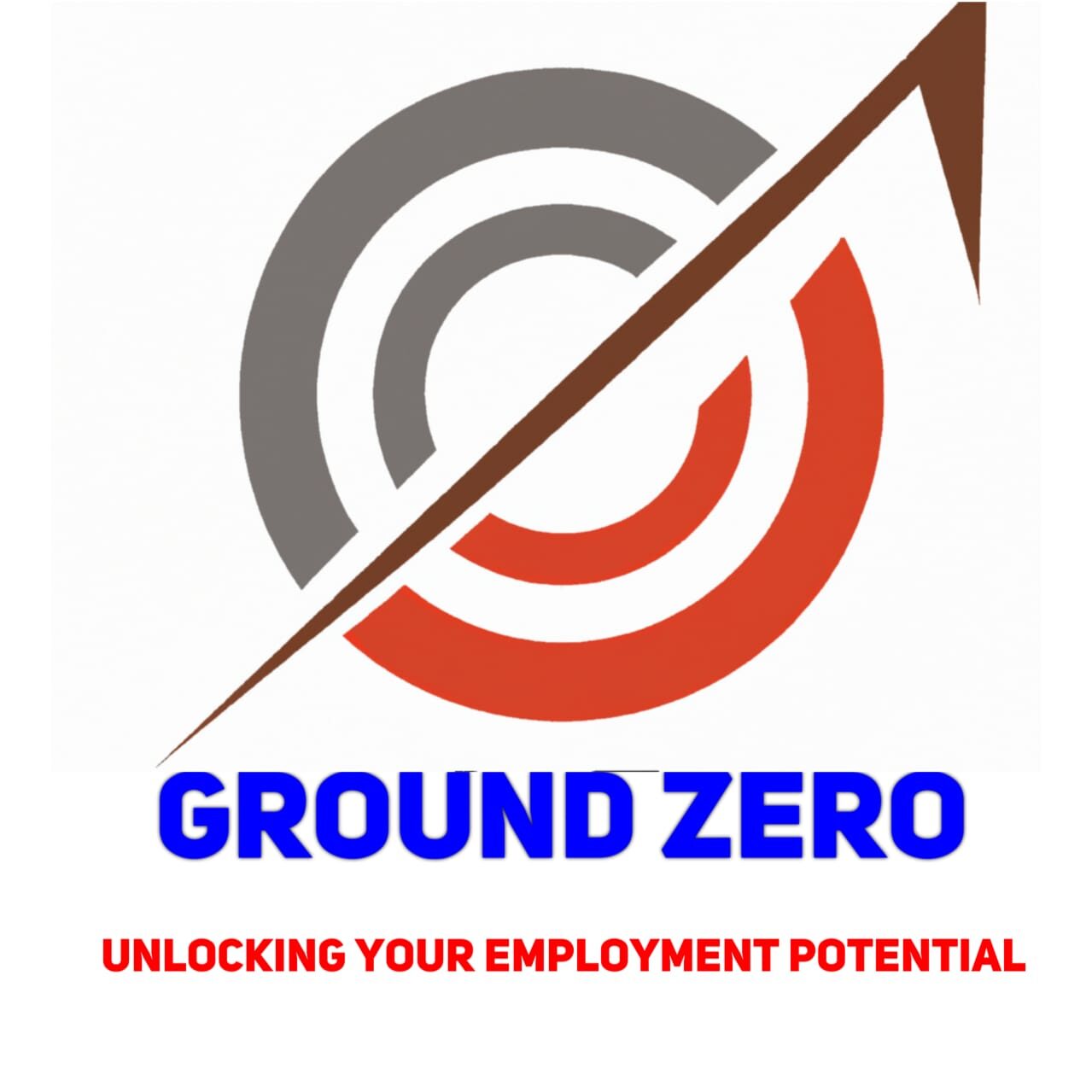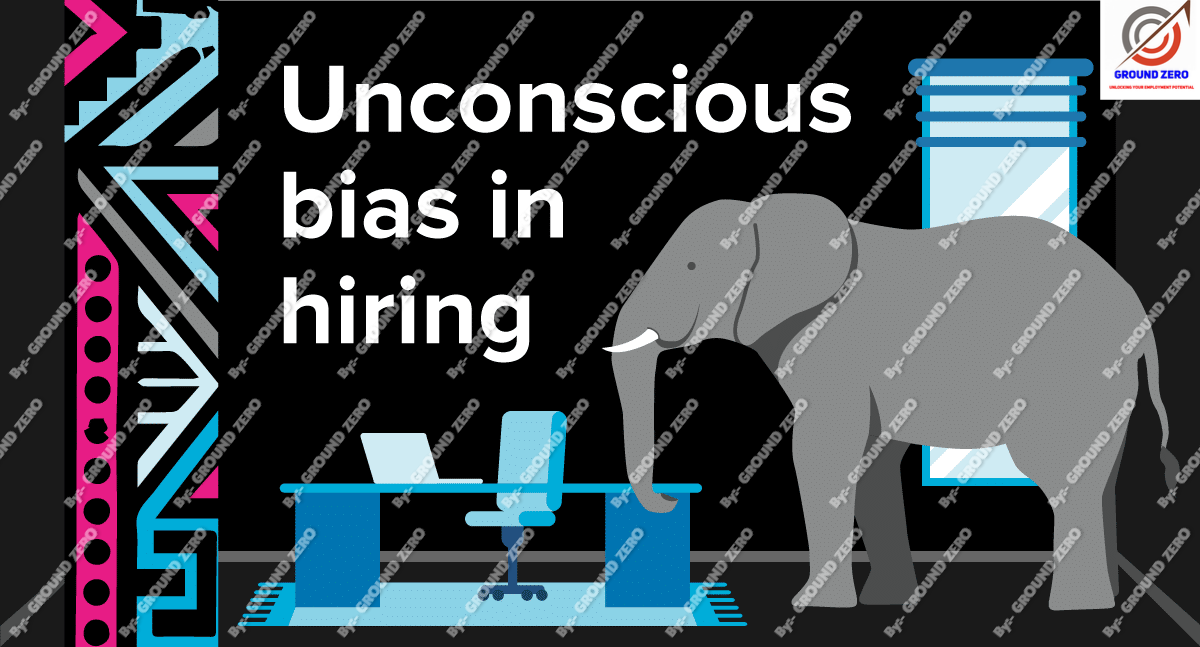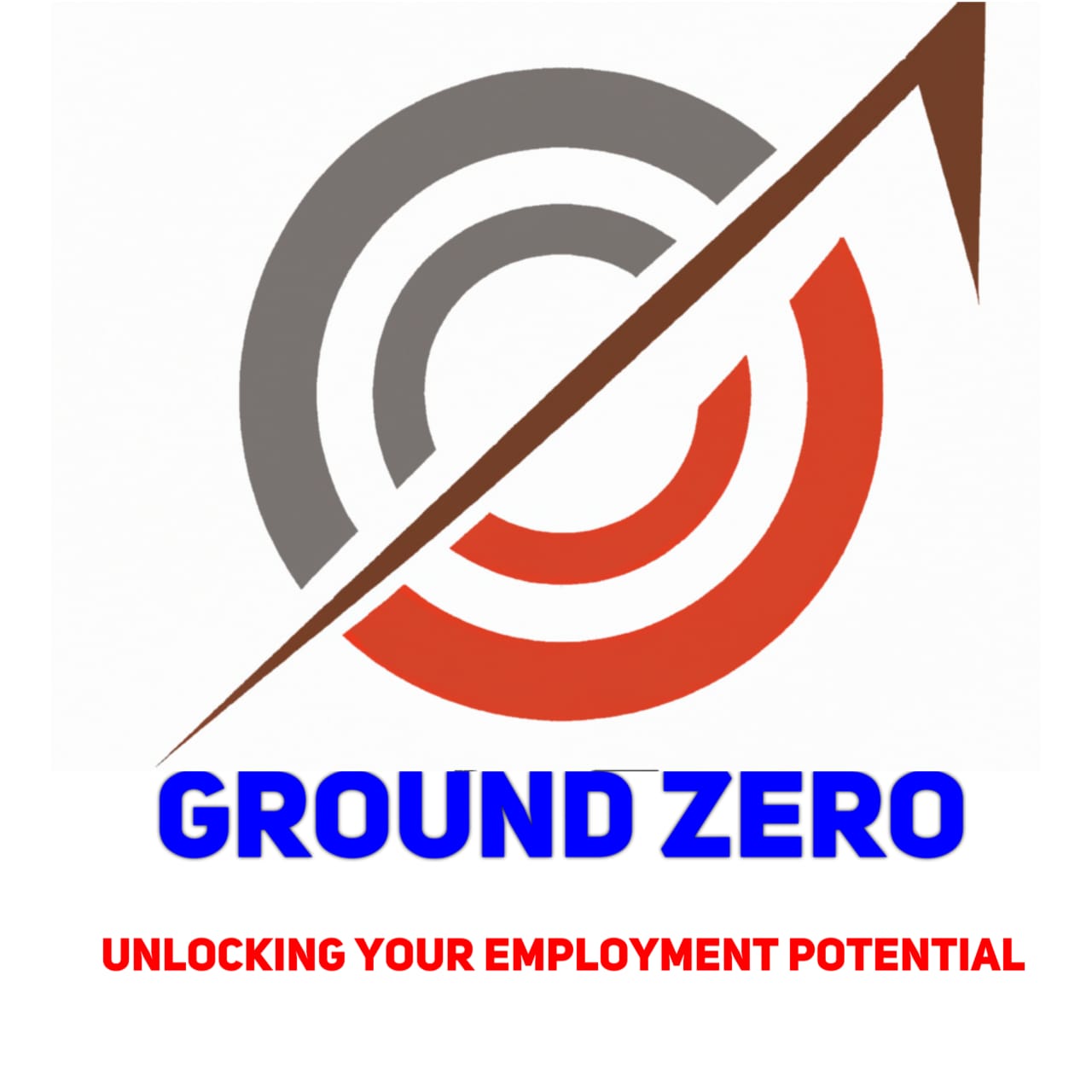How to overcome unconscious bias and get hiring right:
In hiring, we all hope that everyone is treated equally based solely on merit, but the truth is that people’s unconscious biases sneak in and interfere with the process. Despite the best intentions, these biases find their way into recruiters’ decisions.
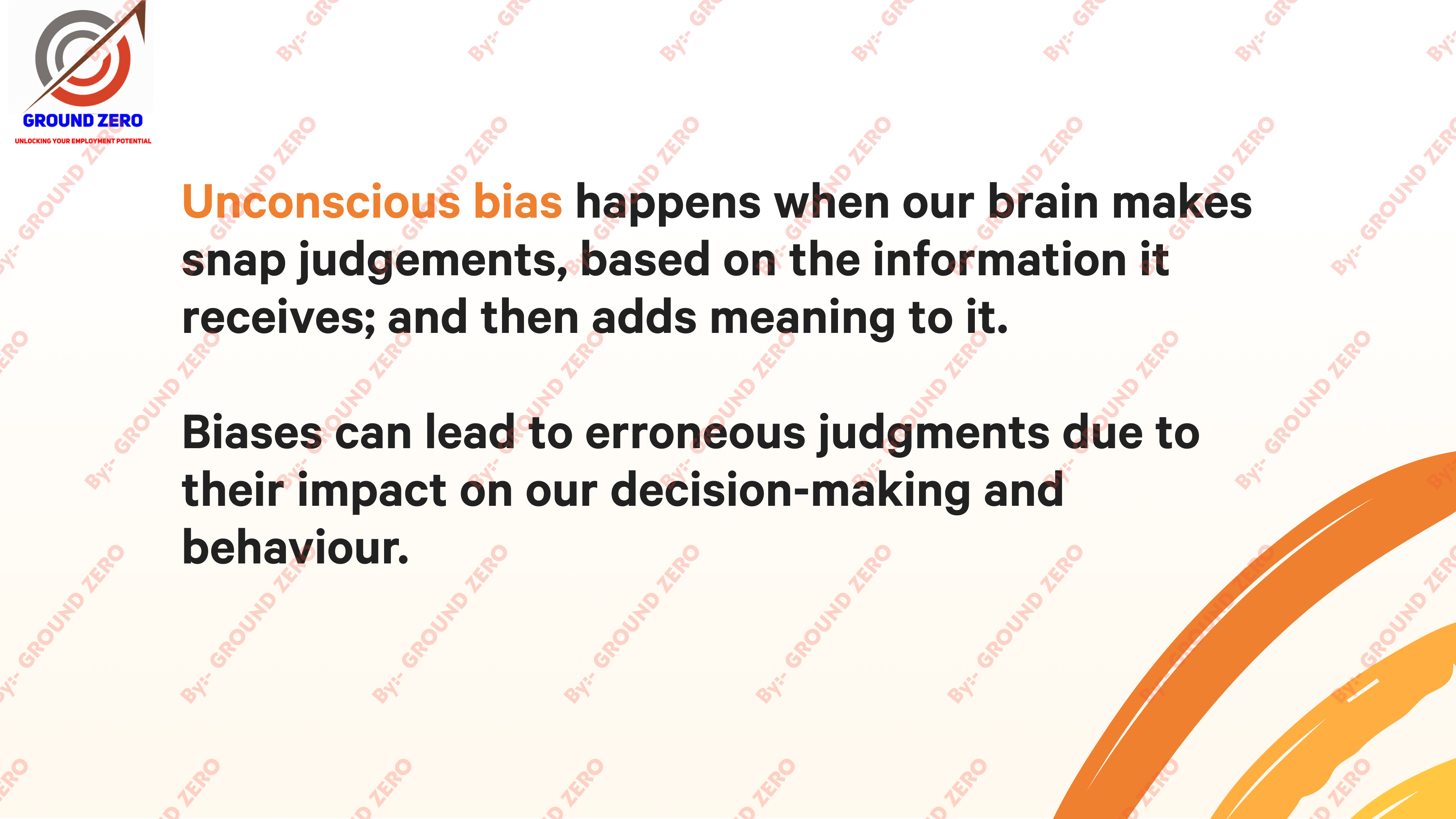
Various types of biases can obscure a candidate’s true potential from initial resume screenings to final interviews. However, with awareness and the right tools, it’s possible to eliminate these biases.
- Types of Bias in Hiring:-
Confirmation Bias:
This occurs when recruiters seek information that confirms their preconceptions about a candidate, ignoring evidence to the contrary. For instance, if you’re impressed by a candidate’s resume, you might overlook flaws during the interview, like missing skills or shaky communication.
Similarity Bias:
Also known as affinity bias, this involves recruiters or hiring managers being drawn to candidates who resemble them in some way, whether their background, interests, or personality. Instead of focusing solely on qualifications and skills, they may unconsciously favour candidates with similar traits or experiences. This bias can lead to a lack of diversity in the workforce and hinder the organisation’s ability to benefit from different perspectives and ideas.
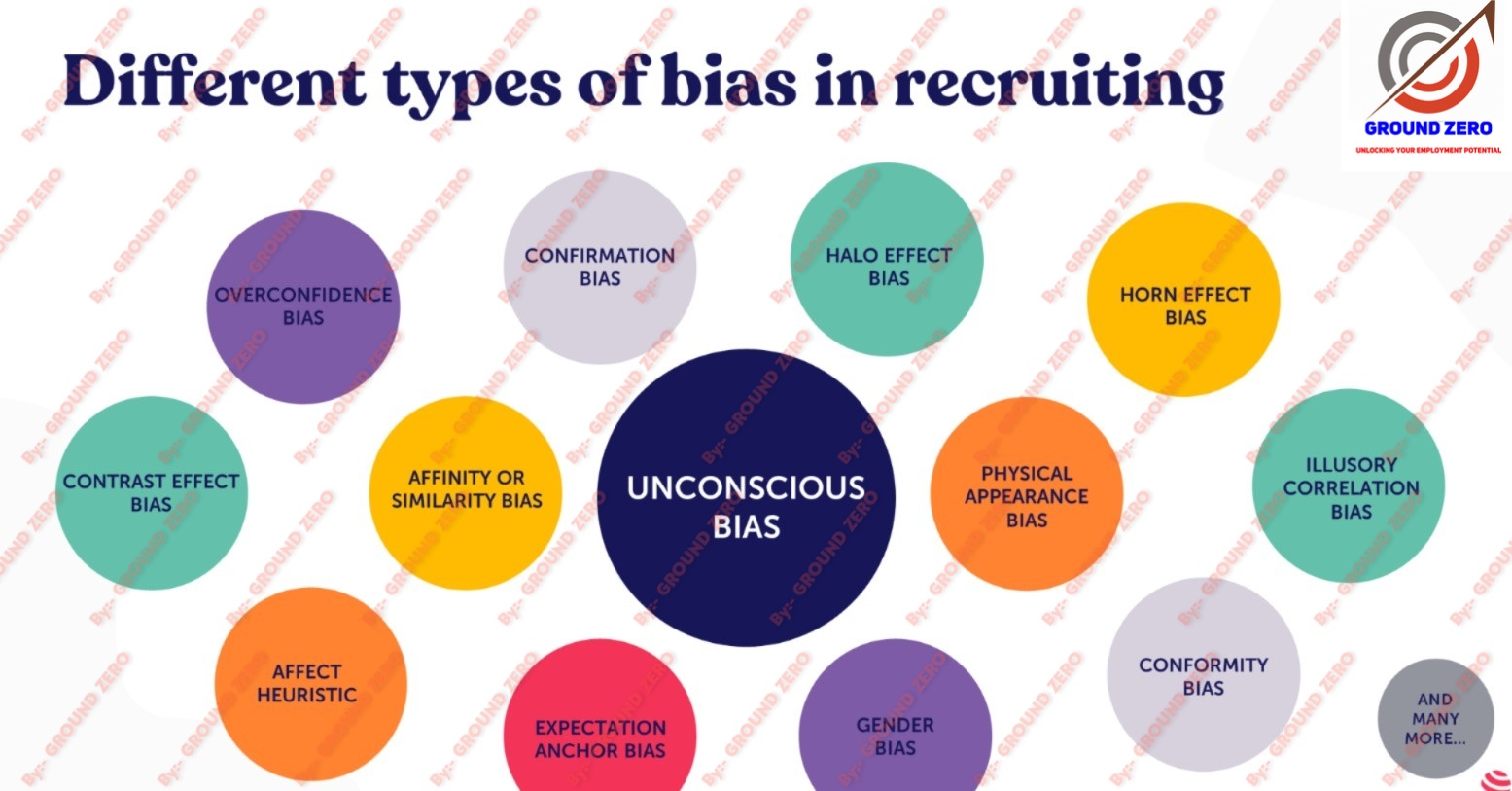
Halo Effect:
This bias occurs when a single positive attribute of a candidate influences the overall perception of their abilities, overshadowing other important factors. For instance, if a candidate possesses an impressive educational background or prestigious work experience, recruiters may overlook other critical factors such as relevant skills or cultural fit. This bias can lead to an inflated perception of the candidate’s overall suitability for the role, potentially overshadowing any shortcomings or areas of concern.
Stereotyping:
This occurs when recruiters or hiring managers make assumptions about candidates based on certain characteristics such as gender, race, age, or ethnicity. Instead of evaluating candidates solely on their qualifications, skills, and experiences, stereotyping bias leads to applying generalised beliefs or prejudices to individuals, often resulting in unfair treatment or missed opportunities for qualified candidates. For example, assuming that older candidates may struggle with technology or that women are less assertive in leadership roles are common stereotypes that can influence hiring decisions. This bias perpetuates inequality and hinders diversity in the workplace.
First Impression Bias:
This refers to the tendency of individuals to heavily weigh initial observations or encounters with a candidate when making hiring decisions. This bias can occur during the early stages of recruitment, such as the initial interview or resume review, where a candidate’s demeanour, appearance, or presentation strongly influences the perceptions of hiring managers or interviewers. As a result, positive first impressions can lead to favourable evaluations, while negative initial impressions may result in a candidate being overlooked or unfairly judged.
Contrast Bias:
This bias occurs when the evaluation of candidates is influenced by the order in which they are assessed, particularly when two or more candidates are considered consecutively. For example, if the first candidate interviewed is exceptionally strong, the subsequent candidates may be unfairly judged against this high standard, making their qualifications undervalued. Contrast bias can distort perceptions and lead to inconsistent evaluations, ultimately impacting hiring decisions.
Nonverbal Bias:
Ever catch yourself judging someone based on their body language or how they carry themselves? That’s nonverbal bias in action. Maybe someone seems nervous during the interview, and you interpret that as a lack of confidence, even though they might just be anxious because they really want the job. Or perhaps someone comes across as overly confident, and you assume they’re more competent than they actually are. It’s tricky because those nonverbal cues can be misleading, but our brains can’t help but consider them when forming impressions.
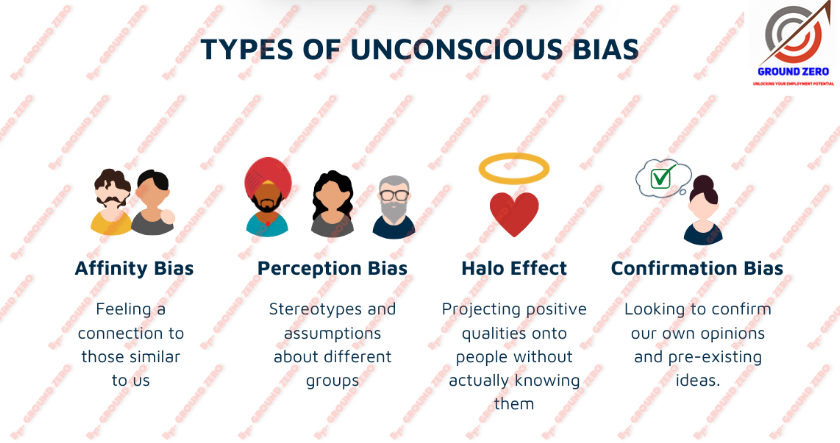
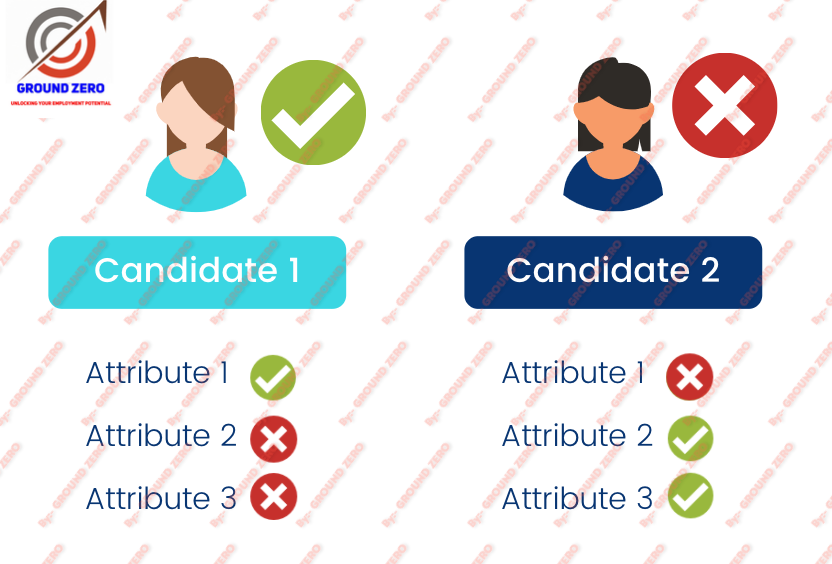
Strategies for Mitigation:
For many, bias is an unconscious tendency, and for an HR department, it’s advisable to implement practices that remove these decision processes from hiring. Fortunately, there are a number of measures that organisations can adopt that ensure candidates are chosen for the right reasons. Here are some of our recommendations:
Structured Interviews:
Implementing a standardised set of questions for all candidates ensures consistency and minimises the influence of biases. Use a structured interview format with specific criteria for each role. Ask open-ended questions that let candidates showcase their skills instead of leading questions that confirm your biases. Establishing clear criteria for assessment directly mitigates the contrast bias between the candidates.
Blind Screening:
Also called the “blind CVs” method, this involves removing information such as name, gender, ethnicity and educational background from resumes during the initial screening process to help prevent unconscious biases from influencing decisions. This approach effectively removes irrelevant factors from consideration, focusing solely on a person’s work capabilities. However, widespread implementation of such practices across all industries and job levels remains an ongoing struggle in effectively managing diversity and inclusion among workers.
Diverse Interview Panels:
Broadening the hiring panel and including individuals from different backgrounds in the interview panel can provide diverse perspectives and mitigate affinity bias. A good strategy is to adopt standardised and consistent scoring approaches to evaluate candidates based on their relevant skills and suitability for the position rather than relying on individual preferences or biases.
Training and Awareness Programs:
Educating recruiters and hiring managers about unconscious biases and their impact on decision-making can increase awareness and promote fair evaluation of candidates.
Usage of AI:
AI offers a pivotal solution in addressing hiring bias by impartially assessing candidates using objective criteria, thereby eliminating human prejudices, especially when shortlisting candidates. By analysing resumes and evaluating qualifications, AI partially ensures that candidates are judged solely on their merits and relevant credentials in the initial stage of the hiring process, thereby fostering a fair and inclusive recruitment process.
HR software like Factorial already includes AI in its platform, helping users recruit talent effortlessly while mitigating unconscious bias.
Background Checks:
Background checks can also help reduce bias by providing standardised, objective data about candidates’ qualifications and experiences, enabling hiring managers to evaluate applicants based on factual information rather than subjective judgments. Focusing on relevant factors like educational credentials and employment history helps minimise discrimination risk and ensures all candidates undergo the same verification process.
Many Tools provide background screening, which helps eliminate unconscious bias in this stage of the hiring process while increasing the level of transparency and fairness. This then builds trust and aids legal compliance.

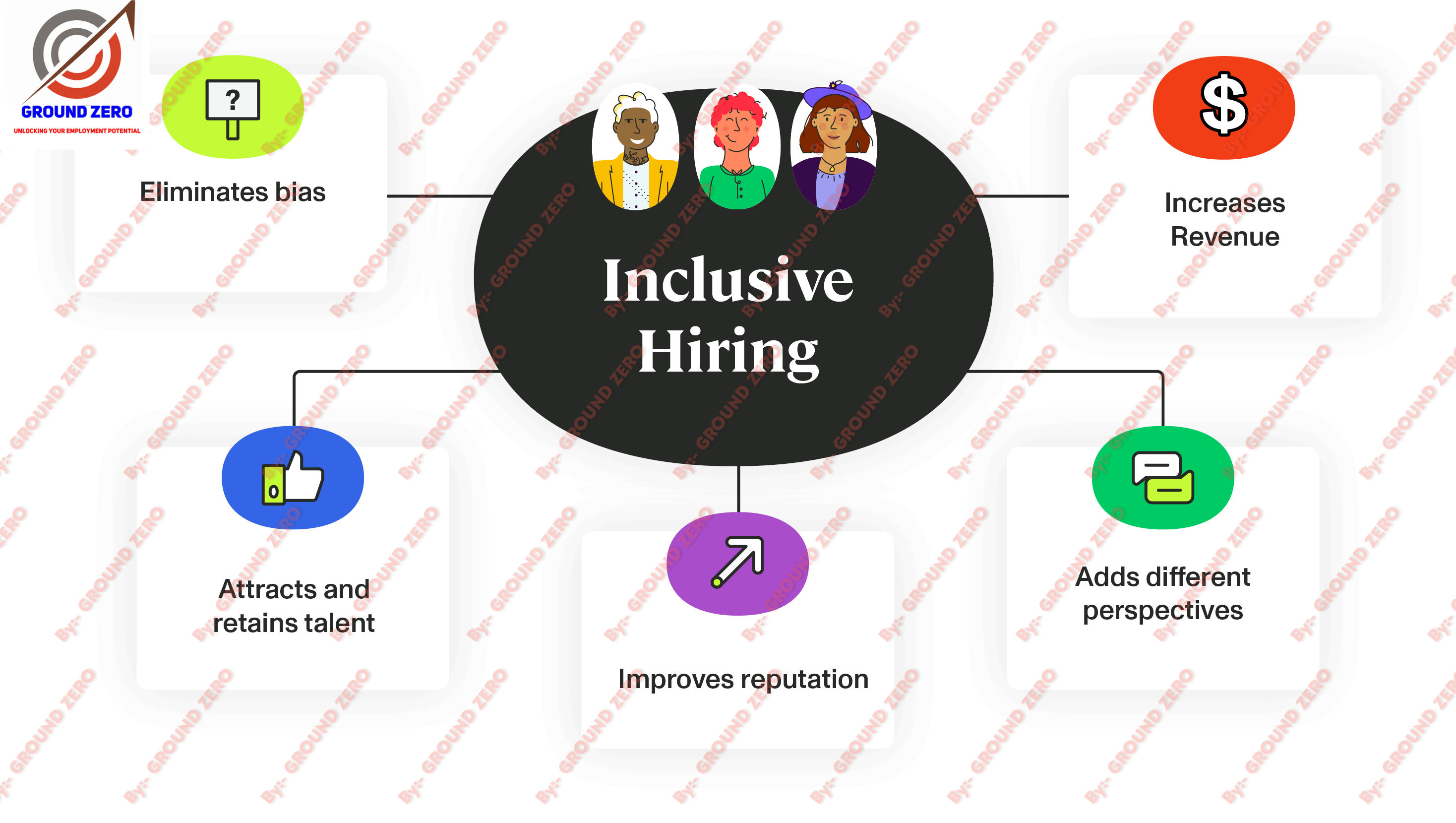
Conclusion:
Bias in the hiring process is a common challenge that demands proactive measures for mitigation. Organisations can foster a more inclusive and equitable workplace by recognising the various types of biases and implementing strategies to counteract them. With tools like Factorial, companies can leverage technology to enhance their hiring practices and ensure a diverse and talented workforce.
Discover more from Ground Zero
Subscribe to get the latest posts sent to your email.
